Which Type Of Light Bulb For You?
Furnishings5 minutes read
14509 views
14509 views
With the advancement in technology, picking the right type of light bulb can also mean savings in energy consumption. We take a look at the most common types used in homes.

A variety of light bulbs
Incandescent


These are the traditional light bulbs that come to mind whenever we think ‘light bulb’ - the one Thomas Edison perfected in the 1880s. The typical incandescent bulb emits a warm yellow-white glow. Inexpensive and widely available, they are not as efficient as the other types. Moreover, they also need to be replaced often. Go for frosted types to avoid the glare effect or the clear types for the full industrial and vintage look.
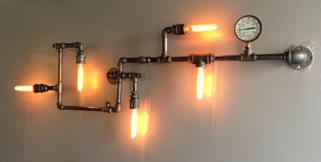

Traditional light bulbs exude a warm luminescence and bring out the vintage and industrial look in interior designs. 2nd picture from the left shows a vintage camera tripod with an edison-styled bulb.
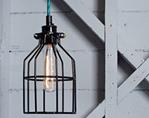


From above left: Incandescent cage lamp. Industrial Chandelier. Transparent glass pendant lamp with edison bulb. Photo source: 4K Home Tech

The above photo shows its use in dining lamps. Photo source: The 80's Studio
Price Range: $1.60 -$5.40 upwards
The Good: Inexpensive and readily available
The Bad: Low efficacy and needs to be replaced frequently
The Bottomline: For general home use
Halogen

Halogen bulbs (also known as tungsten halogen) produce stronger light than other incandescent bulbs. They also last longer and are more efficient than the latter. However, since they operate at very high temperatures, you have to be careful where you place them and never touch a halogen lamp with bare hands or leave flammable materials nearby.
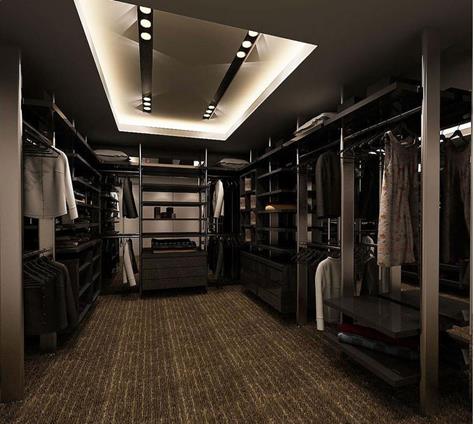
Adds a sense of luxury and beauty to a well-designed area. Photo source: Piuttosto Gallery Interior Design
Price Range: $1.10 to $53 upwards
The Good: Brighter light than incandescent
The Bad: Burn at high temperatures
The Bottomline: Good choice for task lighting. A halogen lamp should be placed away from young children. Halogens are most often used in track lighting systems and are commonly installed on walkways, pubs and fully air-conditioned places.

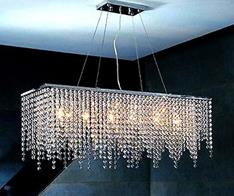
From left above: Track lights used in the wardrobe area. Photo source: Ideal Design Interior. Dining chandelier with halogen bulbs. Photo source: House of Chandelier
Fluorescent


Much more efficient than incandescent bulbs, fluorescent bulbs use 1/5 to 1/3 of the electricity needed for the latter, for the same amount of light rendered. Furthermore, fluorescent bulbs last up to 20 times longer too. The most readily type of fluorescent lights you can find in the market are Compact Fluorescent Lamps or CFLs. Those with the screw-on connectors can largely be used in place of incandescent bulbs. Generally, CFLs are dimmable too. However, there is one drawback with using them – they contain mercury and need to be properly disposed of.
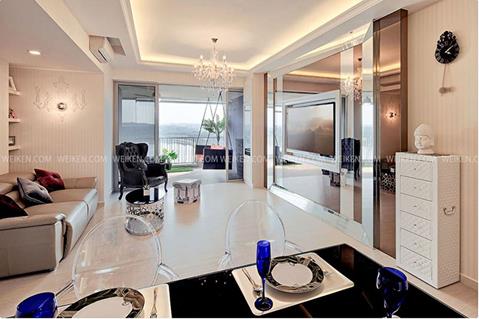
Cove lights using T5 tubes in the living room. Photo source: weiken.com
Price Range: $2.60 to $192 upwards
The Good: Long-lasting and very efficient
The Bad: Contain mercury
The Bottomline: Use in place of most incandescent bulbs. T5 tube lights are usually used for cove lighting and in signages.

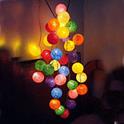
From above left: T5 tubes in shop signage. Flourescent light bulb in christmas balls.

Fluorescent cove lights in bedroom
LEDs
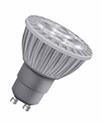
Short for Light Emitting Diodes, these operate by charging semi-conductors to create a unit of light. By far the most efficient and durable of all the light bulb types, they also have relatively high cost per watt. This explains for their popularity in low-power usage. Increasingly, these are being developed more for home-usage. In addition, if you want to improve your security system, you can convert your outdoor LED lights into or install motion sensor lights to detect intruders.

LED lights are used frequently around the bed's headboard and under cabinets as it emits lesser heat and cool to the touch. Photo source: Omus Living
Price Range: $9.30 to $83 upwards
The Good: Super long-lasting and efficient
The Bad: High cost per watt
The Bottomline: Higher cost to purchase but long-lasting compared to incandescent bulbs so it pays itself after 2 to 2.5 years of usage. Use for downlights, especially under cabinets. Lower light intensity than fluorescent or halogen thus it is not suitable as a task light for reading.
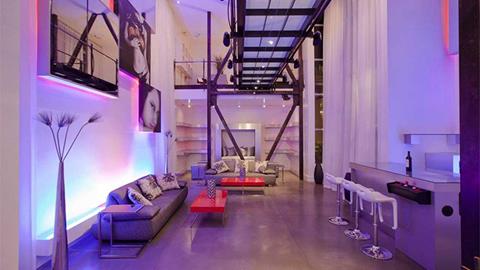
In the picture above, the wall is washed with light emitting from a bright LED tube below. This combination gives off a cool blue glow. Photo source: onextrapixel.com

LED lights for stairs. Photo source: onextrapixel.com

Transparent light cubes in different LED colours.
Request for quotes and we'll match you with a selection of Interior Designers!
Previous
Avoiding Termite Infestation At Home


 Sign Up with Google
Sign Up with Google

.jpg)

